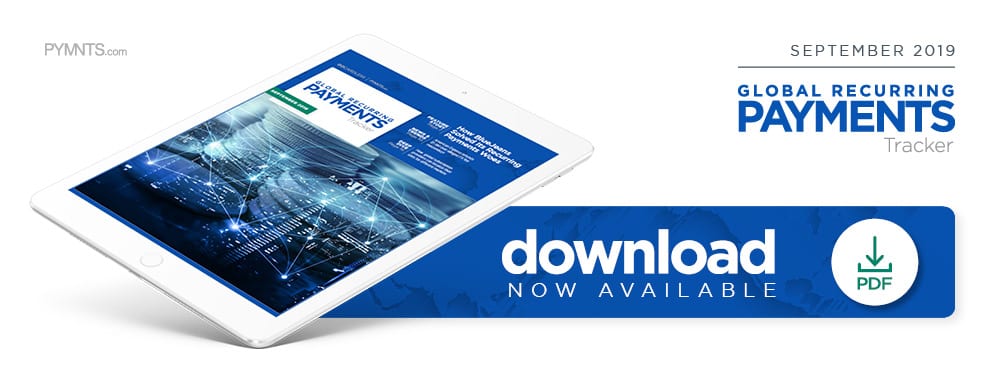How BlueJeans Solved Its Recurring Payments Woes

Transaction fees and interchange rates, among other factors, can turn a simple transaction into a complex process for merchants. But Mike Schramm, director of global eCommerce for video conference provider BlueJeans, says localizing the payments experience, including recurring payments, can help. In the latest Global Recurring Payments Tracker, he discusses the company’s localized payments approach in emerging markets like Brazil.
Money may be a universal language, but it has its local quirks. Consumers and corporate clients want to pay for services in their local currencies, and neither think twice about the processing companies’ difficulties. Service providers need to manage foreign transaction fees, interchange rates and other tenets of global commerce that can turn a simple transaction for the customer into a complex process for the merchant. This is true whether consumers are purchasing clothing, cars or even subscription software as a service (SaaS) products.
Companies looking to gain and maintain a global user base must make sure customers can actually pay and transact how they want. Mike Schramm, director of global eCommerce for California-based SaaS video conferencing provider BlueJeans, noted that this can be an arduous task for many firms, especially since customers have both preferred payment methods and currencies. This has led BlueJeans to seek ways to expand its customer offerings worldwide and create more convenient payments experiences in disparate markets.
“We [currently] have an eCommerce environment that’s fairly basic,” Schramm said. “By going with [a third-party payments provider] … my goal is to reduce frictions and to get as many customers through the [purchasing] processes, buying in whatever currencies and with whatever payment methods work for them.”
Schramm recently spoke with PYMNTS about the need to offer diverse recurring payment methods and support a variety of currencies and localized methods in today’s globally connected world.
Going Local in the Global Economy
BlueJeans expects its new approach will resolve several pain points by enabling support for a larger range of payment methods and localized currencies. The company had previously processed global payments with PayPal, Schramm said, but that firm only supports credit card payments in certain currencies. Customers could only pay with American Express, Discover, Mastercard or Visa cards in four major currencies: the U.S. dollar, the Canadian dollar, euros and the pound.
“Globally, it’s really limiting,” he said. “It’s a really basic, really poor experience for a lot of our global customers.”
This means that customers in emerging markets simply have to “take that foreign exchange hit and international transaction fees,” according to Schramm. This can cause frustrations for customers, who are often unaware that their local currencies are not accepted.
“Our relationship with American Express through PayPal [only enables payments in] USD,” Schramm said. “If [a customer] goes [to checkout] and enters [an] AmEx [card] and … [tries to] buy in British pounds … the transaction will fail.”
BlueJeans’ new global payments model will support approximately 60 currencies worldwide, thanks to the third-party provider’s complex relationships with payment processors around the globe. Schramm said this will open doors for it on a global level, especially in emerging markets where it will accept locally popular payment methods and thus build out regional user bases.
“When we go into Brazil with this new platform, we’ll be able to offer [Brazilian push payment system] Boleto Bancário, [and] we’ll be able to offer installment payments for Brazilians, [which is] a way they like to buy,” he said.
This new approach will also give BlueJeans more fraud protection tools and an improved view into common points of friction, revealing instances of payment failures and other issues that can be tackled.
Recurring Payment Support and Customer Retention
The move to a more localized payments experience, including increased support for recurring payments, will enable BlueJeans to better craft its global brand presence. It will also enable the company to support and retain customers who are intolerant of payment frictions.
“We found that a lot of the customers that buy [online] don’t want to talk to a sales rep,” Schramm said. “They just want a frictionless buying experience. Nearly 90 percent of customers on our eCommerce platform are small businesses or commercial businesses — companies that are under 1,000 employees — [and] they just want to go ahead and buy.”
BlueJeans will officially launch its partnership sometime in October or November. It may not solve all of the company’s payment problems, but the pairing will move it out of a credit-centric payments model — a crucial first step toward greater expansion.

